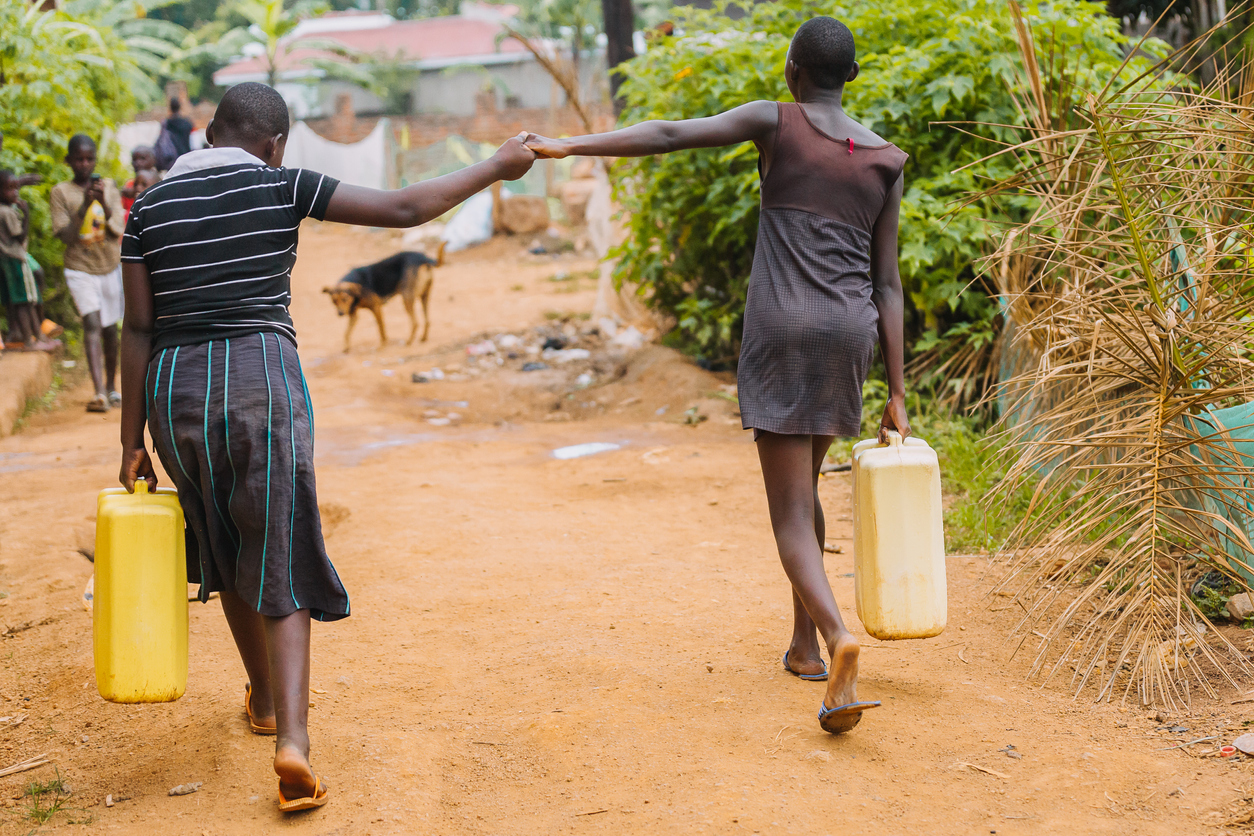When human rights advocates and activists talk about the effects of the climate crisis, we usually emphasize the biological, chemical, and physical aspects of this phenomenon. Thus, the discussion has revolved around scientific and technical tools for adaptation and mitigation and the adoption of a market-based approach. Increasingly, environmentalists are understanding and raising our voices about the devastating effects of the climate crisis in relation to the full exercise and guarantee of human rights—including the right to food, water and sanitation, a healthy environment, health, self-determination, and free development—of the 8 billion people who inhabit the planet.
However, this rights-based analysis has tended to take a position of gender neutrality. If the goal is to guarantee social justice, advocates need to contextualize the effects of this climate crisis to recognize a social reality in which we all engage in gendered relationships. More specifically, these relationships are characterized by inequality and an asymmetry of power that places diverse groups in different states of risk and vulnerability within the ongoing climate crisis.
Historically, women and girls suffer from systemic discrimination derived from the stereotypes and differentiated social, economic, and political roles that are assigned to them in cultures and societies across the world. Their social and political vulnerability places them in a state of greater climate risk. Further, many of the adverse effects that women and girls may suffer originate in the effects of the climate crisis related to access and the guarantee and full exercise of their sexual and reproductive health rights.
On a practical level, the climate crisis has direct implications for the violation of sexual and reproductive health rights for women and girls: the increase in air pollution and temperatures can result in premature births and low birth rates; rising poverty and food insecurity impact maternal and neonatal health; and the impacts of extreme meteorological phenomena that endanger access to drinking water affect women’s access to it for personal—including menstrual—hygiene, or for guaranteeing healthy conditions around childbirth. Climate effects also damage health facilities and infrastructure, preventing access to health services and causing interruptions in the supply chain of voluntary modern contraception, as demonstrated by the COVID-19 pandemic.
In addition to these direct effects, the climate crisis also has indirect implications for gender-based rights. The increasing severity and frequency of extreme meteorological phenomena—such as rising sea levels, rain, and hurricanes—create disturbances in the family economy. Effects such as the loss of jobs and resources, humanitarian crises, and forced displacement may result in increased rates of sexual and gender-based violence, including sex trafficking and harmful practices such as early marriage and forced unions.
Although girls and women suffer disproportionate violations in their full access to their sexual and reproductive health rights, the climate crisis also endangers the health rights of people with marginalized sexual orientations and diverse gender identities and expressions, who are also in a state of vulnerability derived from structural inequality. For example, emerging diseases have caused interruptions in the drug supply chain in health systems. These drug shortages pose a particular risk to trans people who need access to hormone replacement therapy.
Today, it is necessary to recognize the following:
- Effective climate solutions must integrate the gender and intersectionality perspective into policies and programs regarding adaptation to and mitigation of climate change. A fundamental step, for example, is to carry out a gender analysis when proposing evidence-based solutions. Some countries are taking steps to integrate the link between gender and climate change into their environmental policies—for example, Uzbekistan’s “green mortgages” pilot program helped 67% of rural households headed by women access energy technologies. Chile has created a gender and climate change table with a checklist that incorporates gender issues into national instruments dedicated to climate change mitigation. Its government is also developing a new methodology—with a gender perspective—that evaluates public budgets through the lens of climate change.
- Climate solutions must recognize the importance of sexual and reproductive health rights (SRHR) as a crucial axis for resilience and adaptation to climate change. These actions should focus on eliminating structural forms of inequality and guaranteeing that people can participate in decision-making about the future of the world. Critical steps include improving data systems to take into account and forecast the differentiated impacts of climate change on SRHR, gender-based violence, and harmful practices, as well as intensifying efforts to collect and use disaggregated data that makes it possible to identify groups vulnerable to climate change and prepare climate budgets with a gender perspective and components related to sexual and reproductive health rights.
If advocates and activists seek to address the effects of the climate crisis and build a sustainable world, we must recognize that the fight for social justice will require making our gendered reality visible. The rights community must continue to analyze how climate impacts are differentiated and how they affect our health. Today, we must urge our legislators to ensure that proposed solutions and responses to the climate crisis include a gender and intersectionality perspective, guaranteeing the climate resilience of health policies and programs worldwide.

